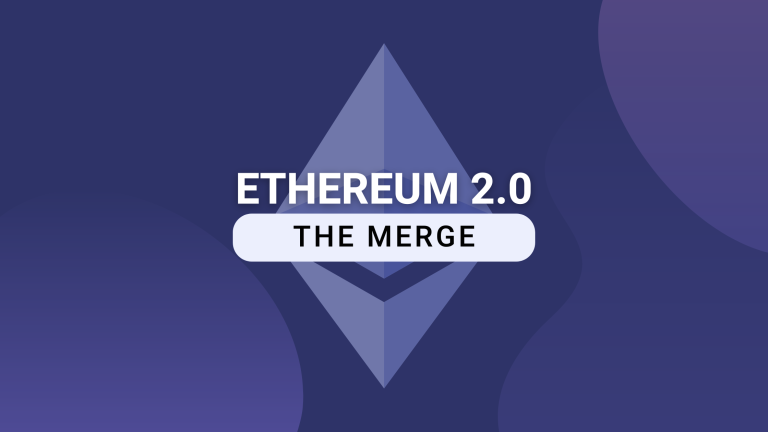Ethereum will switch the cryptocurrency consensus method from Proof-of-Work (PoW) to Proof-of-Stake as it completes its journey towards The Merge (PoS). This enhancement could potentially be the answer to the energy problems with non-fungible tokens (NFT).

Simply said, the Ethereum network is designed to use 99 percent less energy, transferring control away from cryptocurrency miners and toward a fully decentralised system in which no single entity is in charge of the Ethereum network.
Because of the PoW technique, crypto mining uses a lot of hash power (computing power) and resources. It operates by requiring a cryptographic problem to be solved by all nodes (devices). Miners must solve this riddle, and the first one to do so wins a prize. As a result, there is a lot of rivalry and larger mining farms are being built.
The easier it is to mine a currency, the more hash power you have. To boost their chances of winning even more, miners join forces in groups known as mining pools, where they pool their hashing power and divide the rewards equally. As a result, miners spend a tremendous amount of electricity.
It should be highlighted that only Ethereum offers the chance to see blockchain as more than just a way to send money. NFTs are a well-known breakthrough that was made possible by the technology that was built to create use cases. According to DappRadar stats, the Ethereum network is a popular place to mint (create) digital assets, and 95% of NFT purchasers make this decision naturally.
This is due to the fact that Ethereum-based NFTs are extremely safe, have a sizable market, and are thus offered for a significantly higher price. Based on the Ethereum network are well-known NFT markets as OpenSea, Rarible, and Nifty gateway.
However, producing NFTs using Ethereum uses a lot of energy. To do this, we must comprehend the technical processes involved in minting or producing an NFT on an Ethereum network. As a result, if you choose to mint an NFT, the transaction must now be validated by validators, sometimes known as “crypto miners.” The NFT minting method is energy-intensive since it requires thousands of computers to cooperate in a pool to verify each transaction, which is equivalent to hundreds of thousands of transactions being validated on Ethereum per minute.
A study by NFT Club found that adding any NFT to a blockchain emits 83 kg of CO2. Not the one, this. The carbon cost of each individual piece of NFT remains after the NFT is mined. Every time a bid for an NFT is placed, it costs 23 kg of CO2, every time one is sold, it emits 51 kg of CO2, and every time one is transferred, it emits 30 kilogramme of CO2.
But if Ethereum shifts from PoW to PoS, everything might be lost. PoS employs a procedure in which one miner is selected at random rather than competing with other miners for a block. As a result, PoS is a more effective technique. In the meanwhile, PoS-based NFTs built on Ethereum will not only be a more cost-effective option but also ecologically benign.











